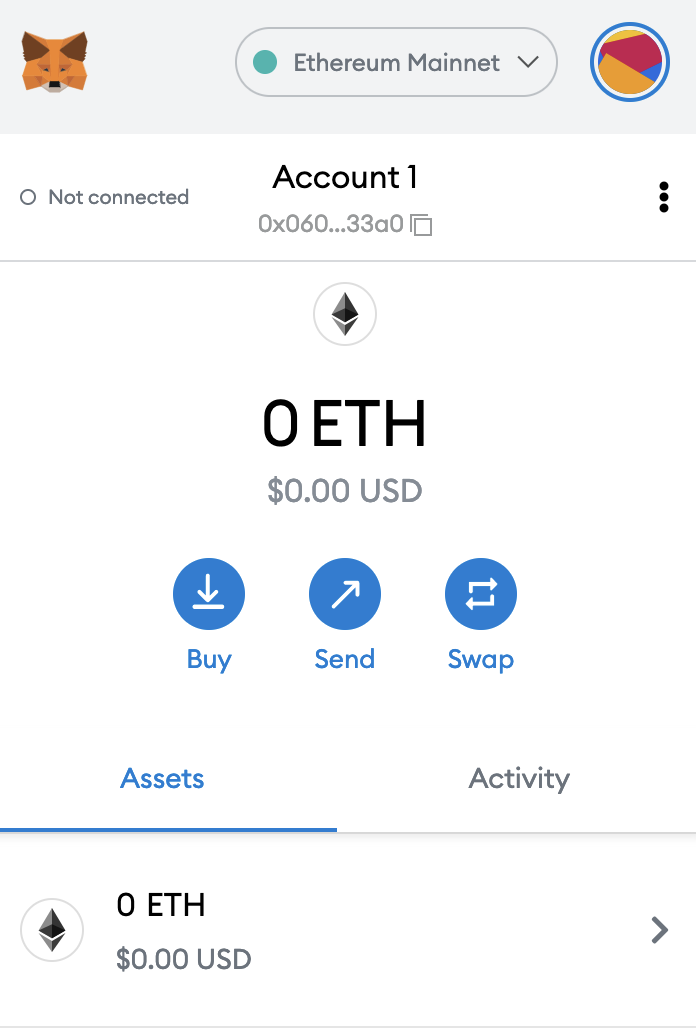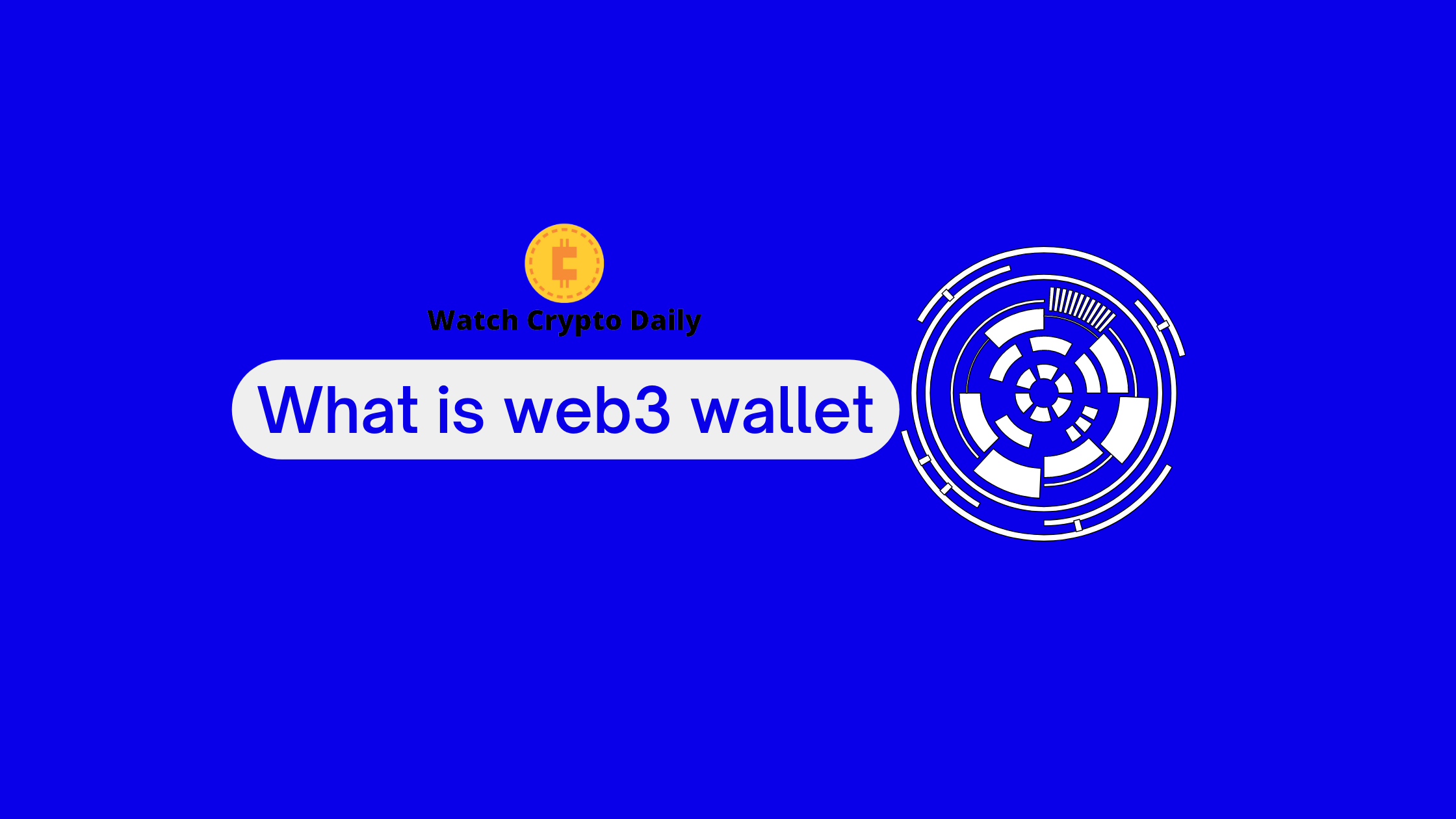If you’re thinking about getting involved in crypto, the first step in your journey is to acquire a Web3 wallet. Web3 wallets are essential to access the Web3 space, DeFi, and crypto. You might have stumbled upon the words ”Web3” or ”crypto wallet”. If you’re new to the space, let us first answer the question
What is a Web3 wallet and how it works complete guide.
First of all, Web3 wallets are essentially digital wallets. As such, they have the ability to store digital assets. This includes everything from fungible to non-fungible (NFTs) tokens. Second, a Web3 wallet also opens the door to the crypto realm, allowing you to interact with dApps on various blockchains. In turn, wallets help you access an extensive ecosystem of dApps.
Crypto wallets often have a non-custodial characteristic, which means that you, as a wallet owner, can store digital assets without the need for an intermediary or middleman. This means that you as a user remain in complete control of all your assets as no one else has access to your tokens. However, with exclusive access, all the responsibility lies with you, meaning that it is essential to keep private keys to yourself.
Along with the ability to host digital assets, wallets often provide additional functionalities. For instance, this makes it possible to utilize Web3 wallets to send and swap tokens. As such, crypto wallets can be used to fully manage your assets, including a way to acquire additional tokens.
There is a wide range of different wallets on the market that have their own strengths. Some of the most popular ones are MetaMask, TrustWallet, Argent, etc. However, we’ll dive deeper into these alternatives in another section later on. Moreover, an additional topic worth taking a closer look at is WalletConnect, since it’s closely connected to Web3 wallets.
What is Web3?
With the emergence of the blockchain industry, you’ve most likely heard of ”Web3”. However, to the uninitiated, this might be a term that is unfamiliar and can be somewhat confusing. Therefore, in this section, we’ll take the time to explain and summarize what Web3 is.
In general, Web3 refers to the “latest generation” or ”phase” of the internet. As you might be able to guess, the previous generations are Web1 and Web2, phases that you are more familiar with. The three internet generations didn’t start at a specific point and weren’t initiated by a single entity to revolutionize the internet. However, each phase has its own characteristics where Web1 was static, Web2 dynamic, and Web3 decentralized.
With decentralization being a central concept in the latest phase of the internet, it is predominated by decentralizing data. Unlike Web2, there aren’t single centralized entities that own data; instead, it is distributed and shared. Moreover, Web3 also ultimately solves the issue with companies owning large sets of personal information as users control their own data.
Within the Web3 ecosystem, we also find another essential component, namely, dApps (decentralized applications). These are decentralized applications that are generally blockchain-based, and the largest ecosystem of dApps is currently hosted on the Ethereum blockchain. With the decentralization aspect of dApps, it is possible to develop powerful applications that remove various issues that come with centralization, including a single point of failure.
Why Do You Need a Web3 Wallet?
In the section ”What is a Web3 Wallet?”, we briefly covered the reasons why someone would need such a wallet. However, in this part of the article, we are going to elaborate on these points. So, why do you need a Web3 wallet?
The first use case for a Web3 wallet is the ability to fully manage your crypto assets. To exemplify this, we will take a closer look at MetaMask, the largest crypto wallet on the market. If you have a MetaMask account, you might already be familiar with how the wallet works; nonetheless, here is what the interface looks like:

As you can see, you have two different tabs, one for ”Assets” and one for ”Activity”. The activity tab simply showcases your transaction history, which you can explore independently. Moreover, under the assets tab, it is possible to view all of your assets. In addition, there are three action buttons: buy, send, swap. The buttons are self-explanatory, and we won’t be covering them in any further detail.
However, this shows that as a crypto wallet, you can fully manage all of your assets directly through MetaMask. Moreover, this isn’t unique, as most other wallets allow you to manage your assets similarly.
The second reason why you would need a Web3 wallet is accessibility. Crypto wallets are gateways to the various blockchains. Therefore, Web3 wallets allow users to gain easy access to dApps as crypto assets are necessary to interact with most applications. As such, users can authenticate themselve
Web3 Wallet Alternatives
Earlier, we mentioned that the number of Web3 wallets is growing as more people enter the crypto space. This is the effect of a simple “supply and demand” dilemma as businesses see an opportunity to grow in an emerging market. However, this might confuse users when trying to select among the abundance of alternatives.
As such, we will highlight five alternative wallets that you can choose from. Most of them serve the same purpose; however, they will differ somewhat, and they are unique in their own way. The five Web3 wallets are:
- MetaMask
- Qukex
- Coinbase Wallet
- Argent
- Trust Wallet
- Rainbow
So, without further ado, let’s start this off by taking a closer look at MetaMask!
MetaMask
The first Web3 wallet on our shortlist is MetaMask, and this is one of the most well-known wallets on the market, with over 21 million users worldwide. The wallet is available in two separate forms: a mobile application or browser extension. We previously mentioned MetaMask when trying to highlight the reasons why someone would need a crypto wallet. We made the point that it is possible to fully manage crypto assets through MetaMask in a decentralized way.
Qukex
A Web3 Wallet For All Your Payments, Qukex is a web3 wallet comes with Visa Card. Qukex enables you to pay in Cryptocurrencies on over millions of merchants worldwide. Quickest and easiest way to pay for your shopping, bills, gas stations & more in a few clicks from your Qukex mobile app.
Coinbase Wallet
If you have shown an interest in cryptocurrencies, odds are you’ve heard of Coinbase. Coinbase is one of the largest cryptocurrency platforms globally, and along with a user-friendly platform, Coinbase now additionally offers a Web3 wallet in the form of Coinbase Wallet.
Coinbase Wallet is a non-custodial Web3 wallet that is separated from the centralized Coinbase platform. As such, this provides users a way to experience dApps and the crypto world separately from the central control of Coinbase. Moreover, a unique aspect of Coinbase Wallet is that it is possible to send and receive crypto assets based on usernames. When using MetaMask, for example, you can only send assets based on wallet addresses. These are long and difficult sequences of words and numbers, meaning that they are prone to errors, which can be quite problematic.
Argent
The third wallet is Argent, and it is a relatively new addition to the extensive set of Web3 wallets on the market. Argent caters to Ethereum users as it is only compatible with Ethereum tokens. Moreover, the wallet focuses on supplying a user-friendly customer experience when it comes to using dApps and DeFi (decentralized finance). They achieve this by natively integrating dApps and protocols into the Argent dApp. As such, it’s possible to borrow and lend assets directly through their app, which suggests that it is possible to avoid the usage of an in-app browser.
Trust Wallet
The fourth alternative is Trust Wallet, and unlike Argent, this wallet has the potential to store just about any type of token. The wallet is so-called blockchain agnostic which means that it supports assets from various chains. Moreover, Trust Wallet is firmly established on the market as the wallet has more than ten million users worldwide. As Trust Wallet supports a multitude of assets and blockchains, it makes this wallet a reasonable alternative for taking advantage of everything that the decentralized web has to offer.
Rainbow
The final option is Rainbow, and it is a non-custodial wallet that supports the Ethereum network. Moreover, Rainbow has native support for dApps of the Ethereum network, just like Argent. One example here is Uniswap V2, used to execute swaps in the application. Another neat function of the Rainbow wallet is its NFT support. Through this, the wallet can neatly display all your digital assets.
These are only five of many alternatives available, and as you might have noticed from the short descriptions, they are all both similar and different from one another. As such, it is up to you to find a wallet that best suits your specific needs.

